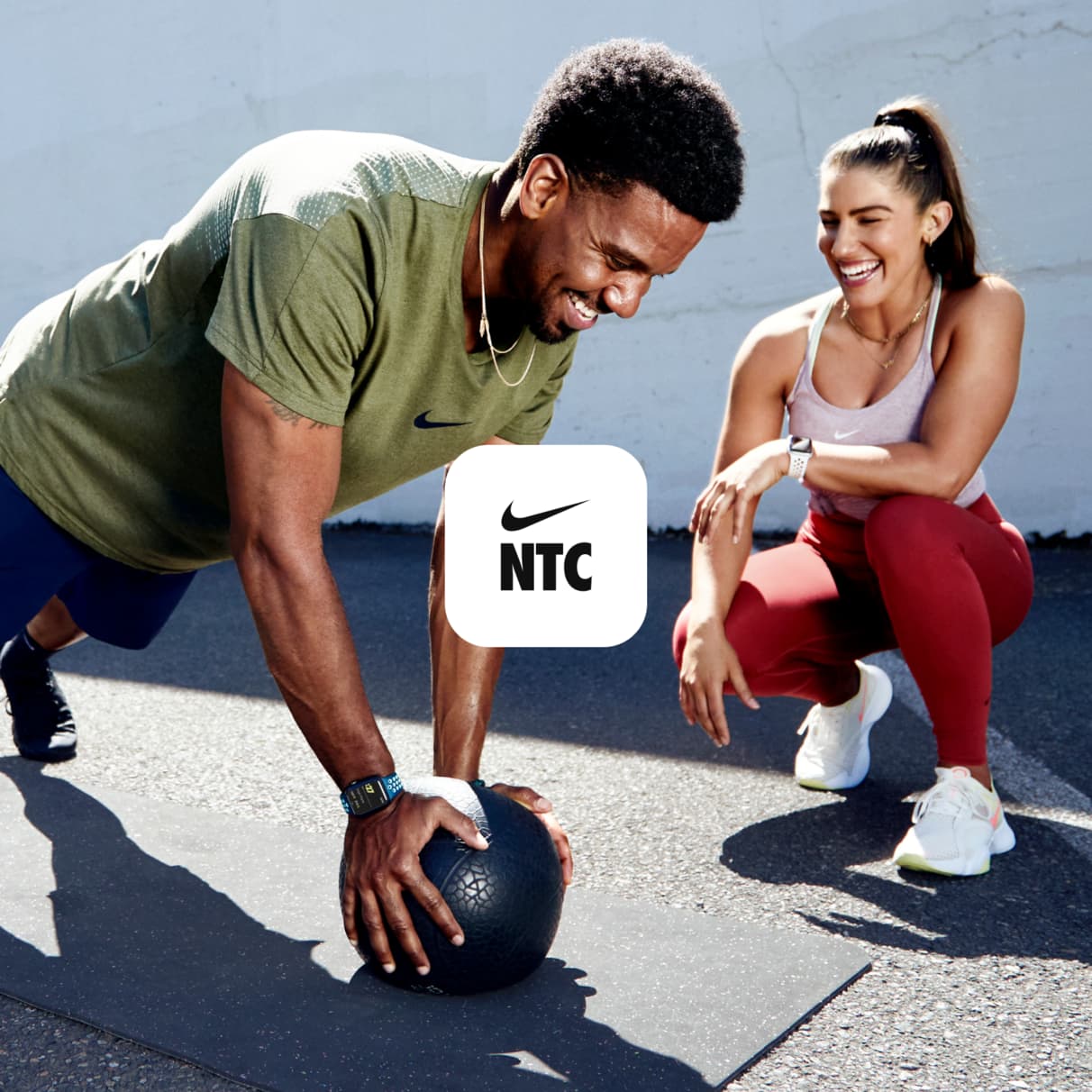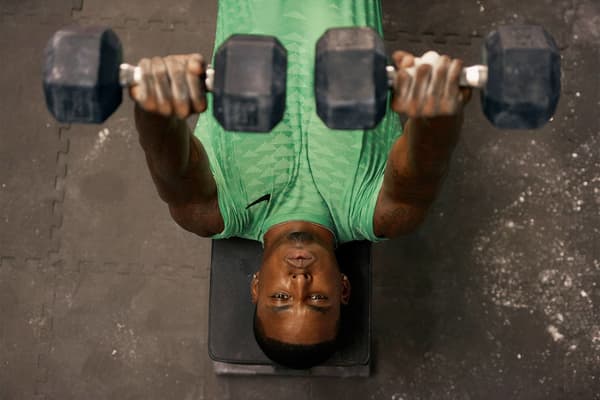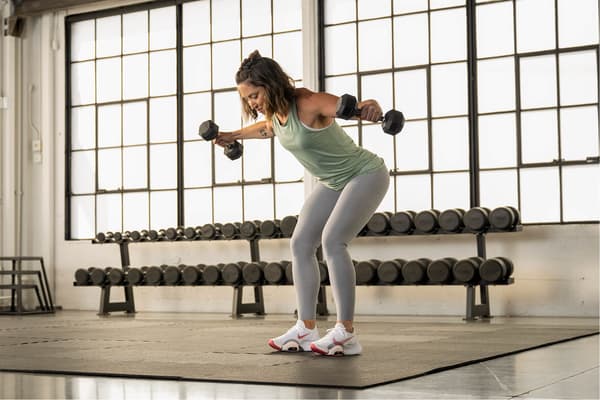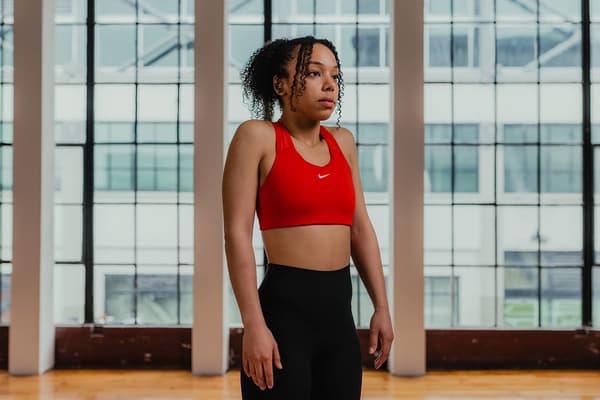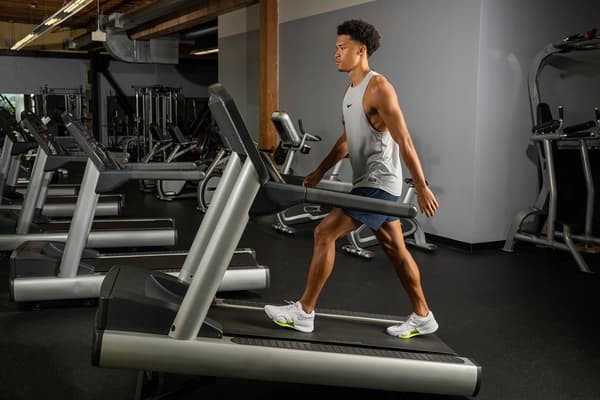Here's How You Can Get Stronger Biceps
Sport and Activity
Gain muscle in your upper arms with targeted exercises, evidence-based programming and proper diet.
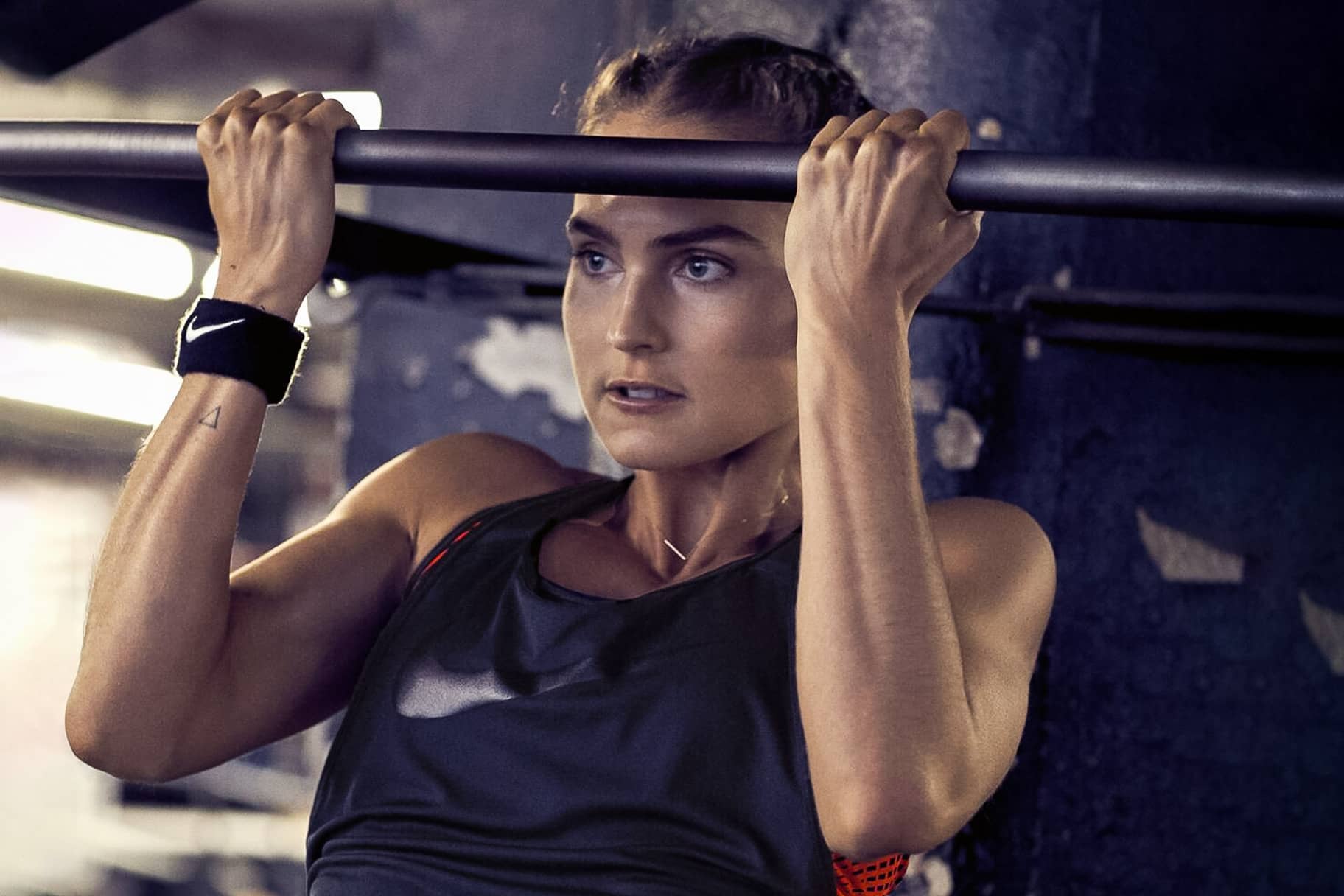
Where, exactly, are your biceps? Your biceps brachii, also known as your biceps or bicep, is a thick muscle in the front of the upper arm located between the shoulder and the inside of the elbow. Your bicep has a short head (on the medial side) and a long head (on the lateral side). It is primarily responsible for flexion and outwards rotation (called supination) of the forearm.
Below, read on to find out how to build bigger biceps by following a specific training and diet plan.
Why Get Bigger Biceps?
Many typical daily movements require a strong bicep muscle. For instance, any time you bend your elbow to lift something off the floor (such as shopping or a child) or pull something towards your body, you are required to flex your arm at the elbow with the help of your biceps. If you need to rotate your lower arm to close a door or twist open a jar, your biceps help you.
It's no question that developing strong biceps is helpful for athletic performance too. Sports that require throwing a ball, such as baseball or softball, require strong biceps. You'll also need strong upper-body and upper-arm muscles for racket sports such as tennis, cricket and badminton. Volleyball players, footballers and hockey players also benefit from having strong biceps.
Training Guidelines to Get Bigger Biceps
To gain muscle and get bigger arms, it is best to combine diet and exercise. Targeted training via workouts can help you to build muscle (called muscle hypertrophy) and diet can help to promote muscle protein synthesis and reduce body fat, so that the muscle you have isn't hidden under a layer of fat.

The Best Biceps Exercises
In 2014, the American Council on Exercise (ACE) compiled a list of the best biceps exercises to help certified personal trainers develop programmes for their clients. They commissioned exercise scientists at the University of Wisconsin—LaCrosse and its Clinical Exercise Physiology programme to find out which movements are most effective.
They tested seven popular exercises, most of which were variations of the basic bicep curl. A basic bicep curl can be performed standing or seated with a weight in each hand and the arms fully extended alongside the body. The movement simply involves keeping the upper arm stable while bending the lower arm with some form of resistance (resistance band, dumbbell, barbell) and bringing the weight up close to the shoulder.
According to ACE, these exercises (in order of effectiveness) are best for building your biceps:
Concentration curl: from a seated position, position your elbow against the inner thigh and perform curls one arm at a time using a dumbbell.
Cable curl: use resistance from a cable machine to perform curls either one or both arms at a time.
Chin-up: using an underhand grip, pull the body towards a chin-up bar with or without assistance.
Barbell curl: use a barbell with weight plates to stand and do basic curls.
EZ curl (wide grip): perform a basic curl with this specialised bar, which has special angled grips to help you target the biceps (or triceps depending on the exercise performed) and reduce injury.
EZ curl (narrow grip): use the narrow grip on the bar, which places the hands slightly narrower than shoulder-width apart.
Incline curl: start by sitting on a weight bench with the torso leaning slightly back and the hands hanging below the shoulder (when fully extended) with one dumbbell in each hand.
Preacher curl: use a preacher curl machine for this curl variation, which positions the elbows at an angle below the shoulders.
Other popular bicep workout exercises that were not studied include a hammer curl, push-ups, diamond push-ups and the reverse-grip bent-over row.
Training Reps, Sets and Frequency
To optimise muscular hypertrophy (muscle growth) and get bigger arms, the National Academy of Sports Medicine (NASM) recommends that you perform three to six sets of six to 12 reps per exercise. You should lift 75–85 percent of your one rep max or 1RM to help build muscle mass. A one rep max is the most weight you can lift during one repetition of an exercise.
In terms of frequency, researchers have suggested that overall training volume matters more than how often you hit the gym. Training volume refers to the combined workload of your sets, reps and level of resistance.
But some published studies suggest that a higher training frequency (three or more times per week) may offer a slight advantage when it comes to building muscle.
Diet Tips for Bigger Biceps
According to the International Society of Sports Nutrition (ISSN), you should aim to consume between 1.4 and 2.0 grams of protein per kg of body weight per day to optimise muscle growth. They add, however, that consuming more protein (greater than 3.0 grams of protein per kg of body weight per day) may work better for strength-training athletes.
When choosing protein sources, the organisation suggests selecting those with essential amino acids. Essential amino acids (EAAs) are those that are not made naturally by the body so they must be consumed in the diet. One amino acid, leucine, has been identified as being a particularly important compound for muscle protein synthesis.
Foods that are high in leucine include eggs, almonds, chickpeas, lentils, salmon and peanuts. Both soy and whey protein powder also supply leucine. Other foods that provide essential amino acids include turkey, fish, cottage cheese, quinoa and legumes.
You can eat protein throughout the day with meals and snacks—ISSN suggests getting some protein every three to four hours with about 20–40 grams of protein at a time. A healthy diet is key to any type of workout success.
Lastly, don't forget to give yourself adequate rest when planning your biceps workout. Muscle protein breakdown occurs during training when your muscles are stressed. It is the recovery phase or muscle protein synthesis that allows your muscles to get stronger and larger. Give yourself at least one day between bicep workouts and even up to 2–3 days to make the most of this recovery phase.
If you're looking for more expert-backed tips, make sure you download the Nike Training Club App!
